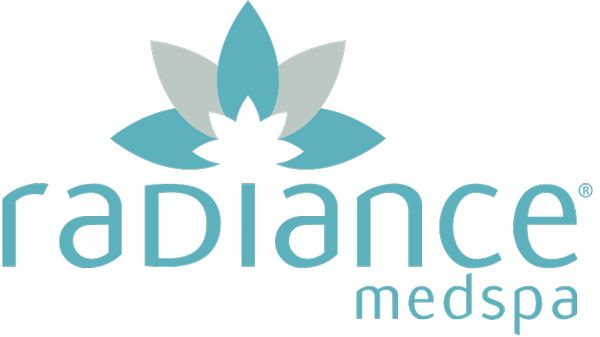![]() Original Article by Brittany Burhop.
Original Article by Brittany Burhop.
The world of injectables and fillers is vast-some are labeled neuromodulators (Botox, Dysport and Xeomin), some are hyaluronic acid fillers like Juvéderm and Restylane, etc. Then there are those known as collagen-stimulating fillers, such as Sculptra Aesthetic and Radiesse. These particular fillers contain microscopic particles that prompt your body to make new collagen, which results in smoother skin and volume in all the right areas.
Rather than instantly filling or smoothing lines like their counterparts, collagen-stimulating fillers are longer-lasting and add volume that actually lifts the soft tissues, ultimately diminishing lines. The boost in collagen is essentially an immune reaction to the injected material that helps plump the area from within.
Now that you've got the basic idea of how they work, it's time for the wow moment. Doctors can now use Sculptra topically in conjunction with fractional CO2 laser treatments to give skin a major collagen boost without actually being injected. Yes, you read that right! No needles in your skin.
You might be thinking, how is this possible, but just hear me out. Fort Lauderdale, FL, dermatologist Shino Bay Aguilera, MD, says that this technique works because once the skin is temporarily "injured" by the laser (it creates micro channels, or tiny openings, in the skin), there is about a 2.5-minute window of opportunity when the micro channels are open and create a vacuum-like suction that pulls in the Sculptra. "The particles of Sculptra come in different sizes and the smallest particles can penetrate these channels," he explains. "Sculptra is applied topically immediately after the second pass of the fractional CO2 treatment. It is gently rubbed onto the skin, just like the way you would put on a serum."
Boca Raton, FL, dermatologist Robyn Siperstein, MD, explains that Sculptra is technically not a filler (although we typically categorize it as such), but rather a collagen stimulator, which is why it's able to be used topical to stimulate collagen production. "There are no FDA-approved trials showing its efficacy on top of the skin, but it is the same principle as using it under the skin," she says. "When we inject Sculptra in the usual manner, we are growing collagen underneath the dermis (top layer of skin) to volumize areas that become depleted during the aging process. The thought of applying it after resurfacing is that it can absorb into the dermis and build collagen higher up to produce thicker skin with less wrinkles. When we inject below the skin, it is too deep to effect the fine lines that are higher up. But using it this way allows us to treat the top portion of the skin as well, where the wrinkles are."
Typically, this technique is used on acne scars (it has been shown to improve them greatly), perioral wrinkles (around the mouth), and the skin around the eyes to reduce the appearance of hollows, crows-feet and crepey skin. According to Dr. Aguilera, the downtime will depend on how aggressive the laser treatment was, which will be discussed with your doctor during consultation to determine what is best for your specific concerns.
"Anyone who is a candidate for fractional CO2 and wants to get a lot more collagen stimulation out of it, is a candidate for this," he says. "We've named it Frax-Sculpt at our practice, but other doctors may label it differently or use a different technique entirely, such as microneedling the skin first instead of using a laser. I believe this type of treatment bridges the gap between topical bioactive agents (PRP, Sculptra, steroids, stem cells, growth factors and antioxidants) and aesthetic medical devices (lasers, etc) that are both well-known to stimulate new collagen formation from a controlled injury to the skin."

